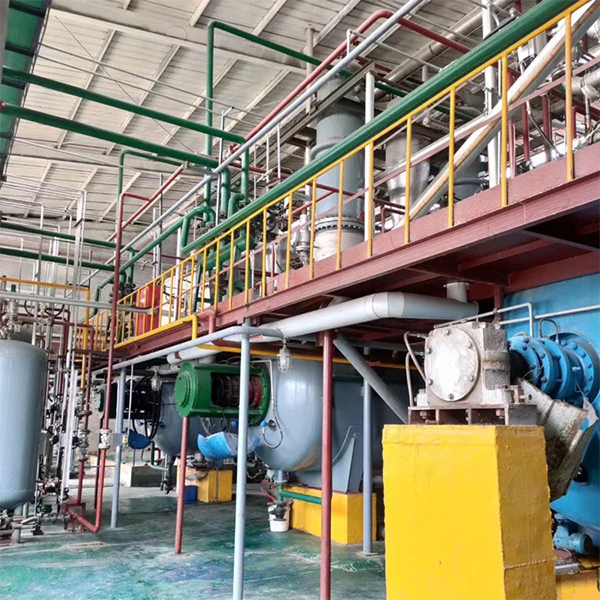Additives for Concrete Enhancing Performance and Durability
Concrete is one of the most widely used construction materials in the world, known for its strength and versatility. However, as construction practices evolve and demands for enhanced performance grow, the use of additives in concrete has become increasingly important. Additives, also known as admixtures, are materials added to concrete before or during mixing to modify its properties, improve workability, accelerate curing, or enhance durability.
Additives for Concrete Enhancing Performance and Durability
Another category of additives includes accelerators and retarders. Accelerators are used to speed up the curing process, making them ideal for cold weather conditions when concrete may set too slowly. Conversely, retarders slow down the hydration process, which can be advantageous in hot weather, preventing premature setting and allowing for longer working times.
additive for concrete

In addition to enhancing workability and curing times, additives can also improve the durability of concrete. Pozzolanic materials, such as fly ash, silica fume, and slag, are often incorporated into concrete mixes. These materials react with calcium hydroxide in the presence of water to form additional cementitious compounds, resulting in increased strength and reduced permeability. This not only enhances the mechanical properties of the concrete but also improves its resistance to aggressive environments, making it more durable over time.
Furthermore, specialty additives like corrosion inhibitors can protect reinforcement steel from rusting, extending the lifespan of concrete structures in harsh environments. Water-repellent agents are also popular, as they can minimize water uptake, reducing the risk of freeze-thaw damage and chemical attack.
Environmental considerations are another reason for the rising popularity of concrete additives. Many pozzolanic materials are by-products of other industries, like coal combustion, which means that incorporating them into concrete not only enhances performance but also contributes to sustainable construction practices by reducing waste. Using such additives can help decrease the overall carbon footprint of concrete production, aligning with global efforts to create more sustainable building practices.
In conclusion, the use of additives in concrete plays a crucial role in improving its performance, durability, and sustainability. By selecting the appropriate admixtures, engineers and builders can address specific challenges, optimize concrete for various applications, and extend the lifespan of structures. As technology continues to advance, we can expect further innovations in concrete additives, providing even more opportunities for enhancing this essential material in the world of construction.
-
Rdp Powder: Key Considerations for Wholesalers in the Building Materials IndustryNewsJul.08,2025
-
Key Considerations for Wholesalers: Navigating the World of Hpmc - Based ProductsNewsJul.08,2025
-
Hpmc Detergent: Key Considerations for WholesalersNewsJul.08,2025
-
Key Considerations for Wholesalers: China Hpmc For Tile Adhesive, Coating Additives, Concrete Additives, and MoreNewsJul.08,2025
-
Crucial Considerations for Wholesalers: Navigating the World of Construction MaterialsNewsJul.08,2025
-
Key Considerations for Wholesalers Sourcing Additive For Cement, Additive For Concrete, Additive For Putty from Additive Manufacturer Shijiazhuang Gaocheng District Yongfeng Cellulose Co., Ltd.NewsJul.08,2025




